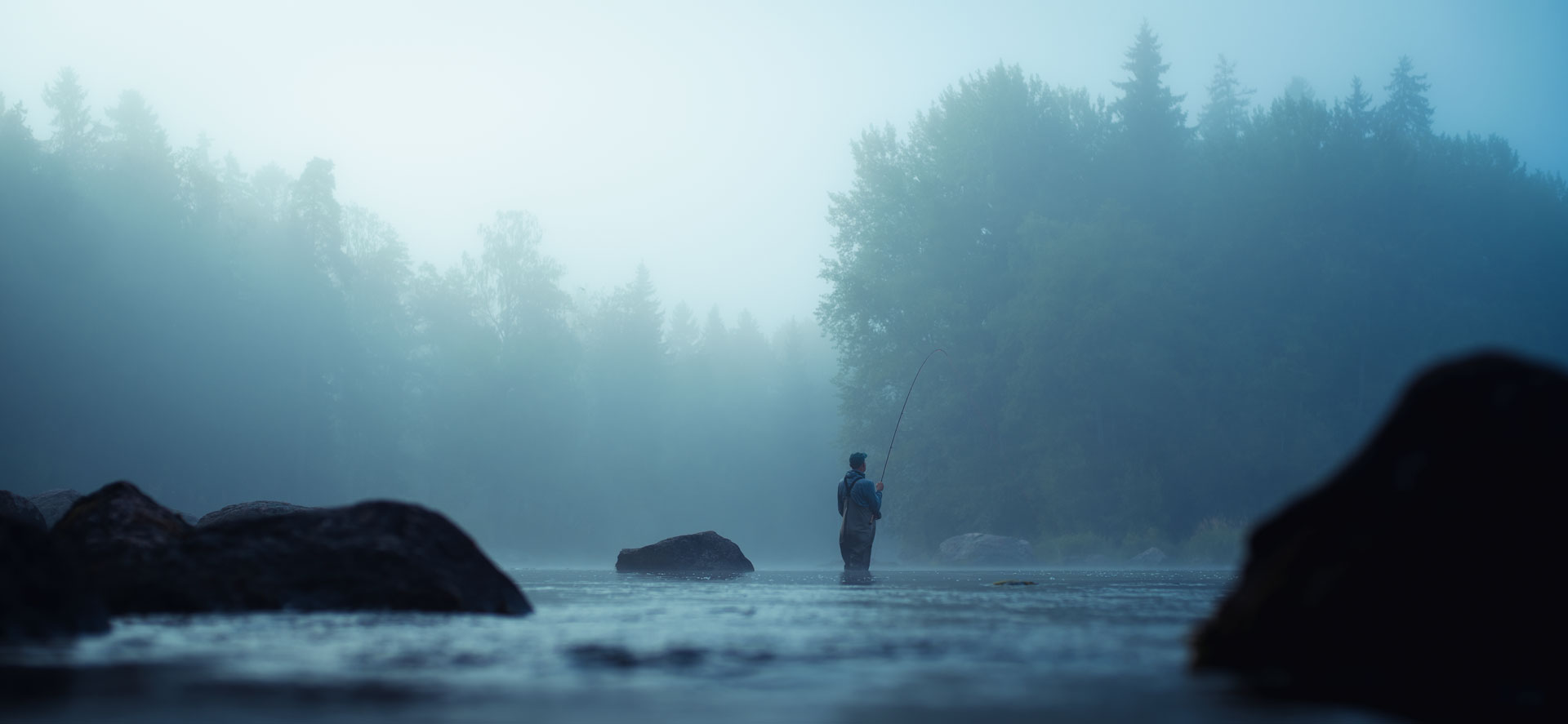
Kymijoki is the only real salmon river flowing in southern Finland. Its best fishing areas are in Kotka, about 130 kilometers east of Helsinki, which is about an hour and a half drive from the Finnish capital. Large salmon, originally from the Nevajoki River, rise into the river. In addition to the planted salmon, more and more of the river's own so-called Kymi salmon. The salmon stock is regularly managed through rehabilitations, graveling and planting of young chicks. The Kymijoki River is a regulated river that originates from its main lake, Päijänne, more than two hundred kilometers from the mouth of the river.
History
The history of the Kymijoki River is not beautiful to read. The former river has been in the headlines ever because of riverbed pollution and when because of hydropower and dams. However, the potential of the river was already known at least in the late 16th century and the river became a favorite fishing spot for small circles. The river also gathered well-known men to fish, certainly the most famous of these, Russian Emperor Alexander III, who later in 1887 built his imperial fishing lodge on the shores of Langinkoski. Fishing for salmon in the Kymijoki River continued with sheet music and dam fishing throughout the early 20th century, but lure fishing also began to increase. It was already known at that time that it was extremely challenging to catch salmon from the Kymijoki River with a lure. Indeed, this is a unifying fact that has fascinated fishermen all these years until now; species difficulty. The Kymijoki has always been an extremely challenging place to fish, but with perseverance, skill and a small touch of luck, it has been possible for the fisherman to mock genuine Kymi salmon.
Like so many other salmon rivers, Kymijoki felt human activity in its skins. By the 1950s, almost all migratory fish stocks had disappeared from the Kymijoki River due to pollution from power plant dams and industry. The river was in crisis. Somehow, like a miracle trade, the river survived this and again in the late 20th century a rumor began to move along the shores; the salmon has returned to the Kymijoki. At the same time, the fishing methods still partially used today began to develop in the Kymijoki River. Faith in the river still existed, but at the same time it was known that a year-long struggle for survival was imminent. Today, more than 30 years later, the future of the Kymijoki River looks brighter, but this same struggle for survival is still going on.
Salmon stocks
Salmon farming began in the late 1970s with the Game and Fisheries Research Institute. Initially, plantations were made in the sea area with 2-year-old migratory chicks. In the 90s, in addition to 2-year-old salmon flies, heat-reared 1-year-old migratory chicks were also used. At the same time, the main focus of the plantations shifted from the sea to the river, with the aim of getting better-characterized fish in the river.
Over the last ten years, planting numbers have fallen significantly. The decrease in the number of plantations is due to the poor result of plantations and the decrease in the funds directed by the state to plantations. The use of heat-reared 1-year-old chicks was completely abandoned. Instead, in recent years, part of the plantation funds has been directed to 1-year-old river chicks to help develop the river’s natural fry production.
In the coming years, there will be about 100,000 1-year-olds in the Kymijoki River and the sea area in front of it. In 2017-2019, 319,000 1-year-old salmon were planted.

